Send us an inquiry now!
We will contact you through this email for your specific inquiry.
Steel pipe elbow is a key parts in a piping system for to change the fluid flow direction. It is used to connect two pipes with same or different nominal diameters, and to make the pipe turn to a certain direction of 45 degree or 90 degree.
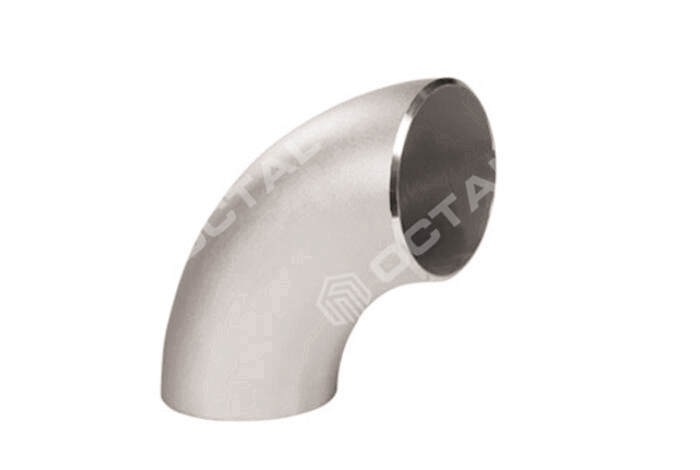
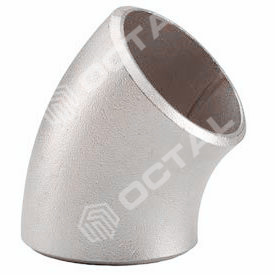
Elbow could be ranged from direction angle, connection types, length and radius, material types.
As we know, according to fluid direction of the pipelines, elbow can be divided into different degrees, such as 45 degree, 90 degree,180 degree, which are most common degrees. Also there has 60 degree and 120 degree, for some special pipelines.
The elbow radius mean curvature radius. If the radius is the same as pipe diameter, it called short radius elbow, also called SR elbow, normally for low pressure and low speed pipelines.
If the radius is larger than pipe diameter, R ≥ 1.5 Diameter, then we call it a long radius elbow (LR Elbow), applied for high pressure and high flow rate pipelines.
90 degree steel pipe elbow functioned to change fluid direction by 90 degree, so also named as vertical elbow. It is the common degree in all the pipeline systems and used most in all different degree of elbows. (As it is convenient to suit to steel construction and structural.)

LR 90 degree steel pipe elbow are installed between different lengths pipe or tubing. It helps to change direction at 90 degree, and is commonly used to connect hoses to pumps, deck drains and valve.
SR 90 degree elbow is the same as the pipe elbow mentioned above, but the diameter is shorter. Therefore, this kind of steel elbow is often used when space is not enough.

45 degree elbow is second common use after 90 degree elbow.
The pipe elbow is mounted between two pipes so that the fluid direction can be changed to 45 degrees. Compared to 90 degree elbow, 45 degree elbow produces less friction, and with the lower pressure.
SR Elbow in 45 degree is usually attached to copper, plastic, steel, cast iron and lead, and can also be connected to stainless and rubber fixtures. It is widely used in chemical, food, water supply facilities, electronic industry, chemical pipelines, horticulture, agriculture production, solar equipment pipelines, air conditioning pipeline and other fields.
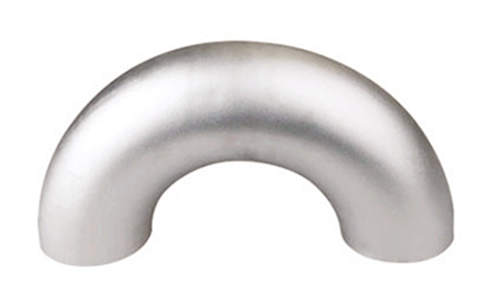
180 Degree steel elbow helps change direction at 180 degrees, since it usually results in low pressure. Its application is limited to minimal deposition and low turbulence system.
As per the connection mode, elbow could be classified by butt welded elbow, socket welded elbow and threaded elbow.
Butt weld elbow is a steel elbow formed by hot pressing or forging. Its connection form is to directly weld the elbow and steel pipe. Butt welded elbows are mainly used for elbow with higher pressure and temperature than other connection types (socket welded elbow or threaded pipe elbow).

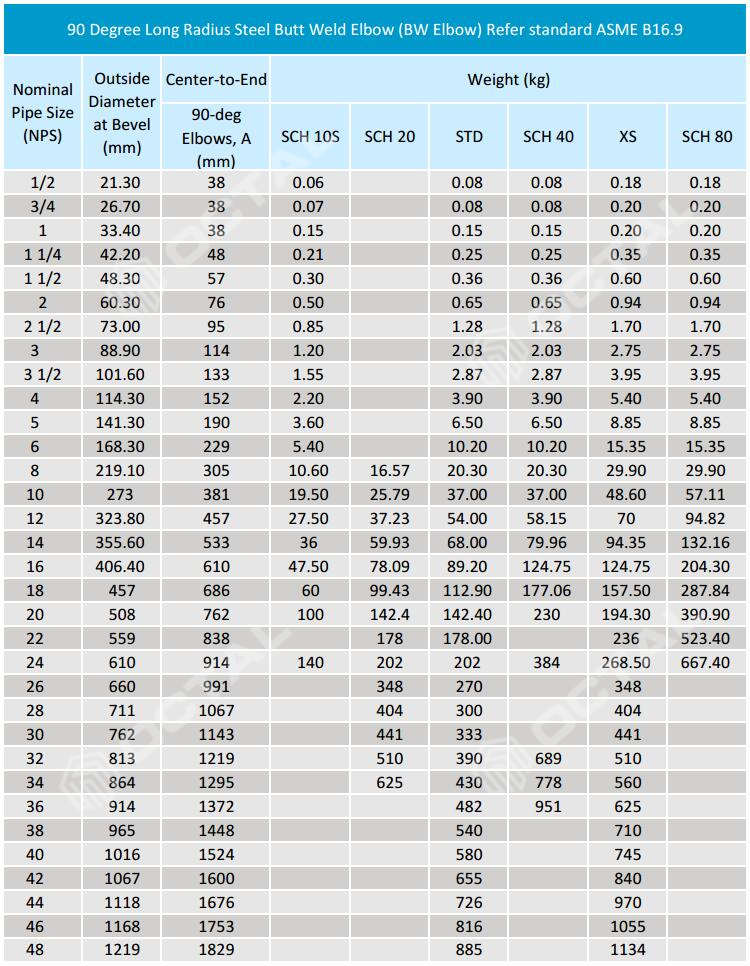
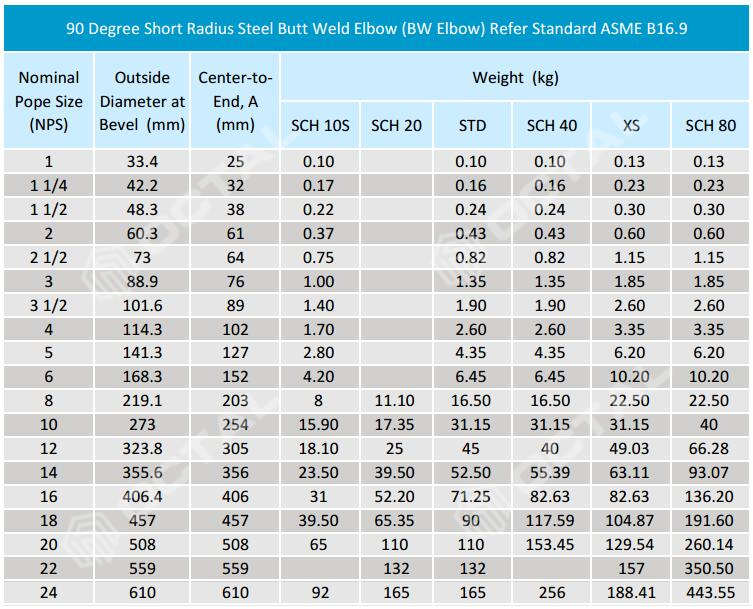
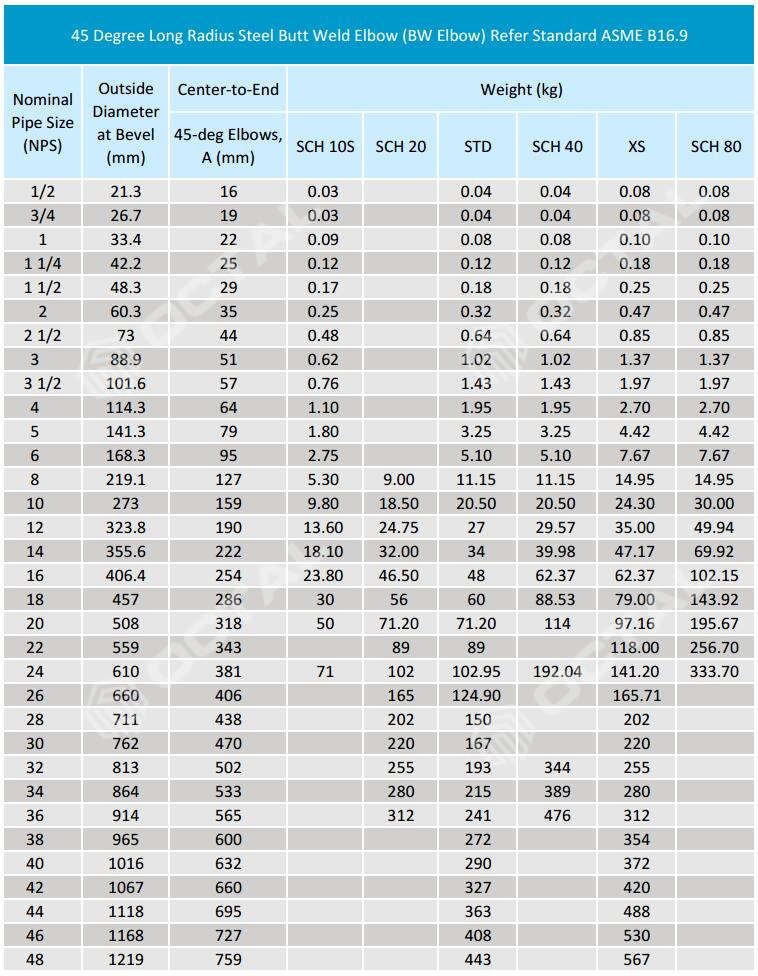
Socket weld elbow is also welded to the pipe and fittings end. Unlike the butt weld elbow, the socket weld elbow has a trapezoidal area at the end. We can insert pipe end into this area (the diameter of SW elbow is matched with the outer diameter of pipe), then do welding work to connect them together.
Therefore, the actual diameter of SW elbow end is greater than the elbow diameter. (Same with threaded pipe elbow).
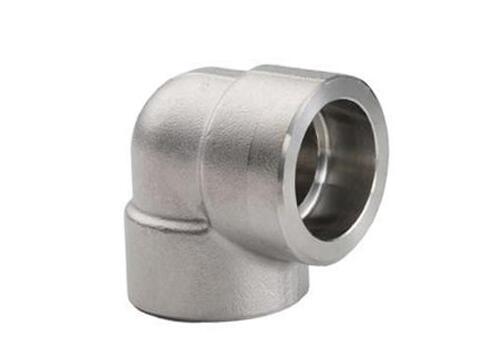
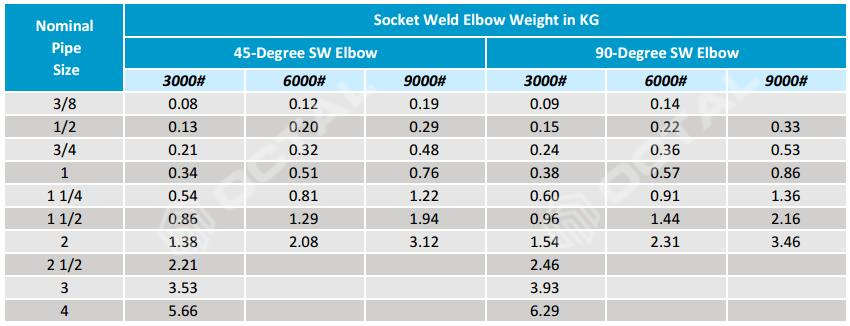
The shape of threaded elbow is similar to the SW elbow, except that the inner surface of the trapezoidal area has been machined into thread. It is easier to install and remove, good for pipeline repair and maintenance.
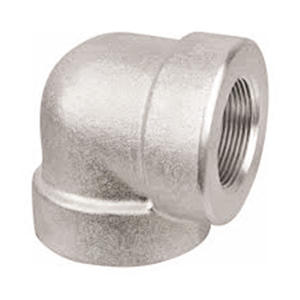
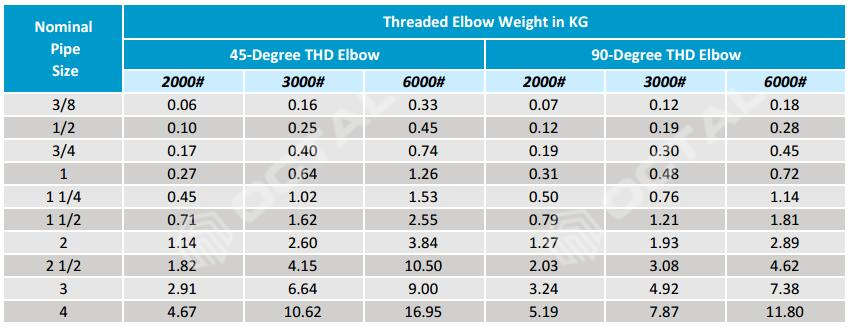
According to the valve body material, it has stainless steel, carbon steel and alloy steel elbow.
Material in carbon steel, referred standards as:
ASTM 234 WPB and WPC
ASTM A420 WPL6
MSS-SP-75 WPHY 42, 46, 52, 56, 60, 65 and 70
Stainless steel pipe elbow has higher strength and higher corrosion-resistances than carbon steel elbow. For general surface treatment, stainless steel elbow is used in high corrosion environment, such as chemical plants, offshore and gas pipelines. Surface treatment in 2B or mirror, these are used in food industries and sanitary purposes.
Material in stainless steel, referred standards as:
ASTM A403 WP 304/304L, 316/316L
ASTM A270
Stainless steel 90 degree elbow is a most common use of pipe elbow for stainless pipelines. Other than this is stainless steel 45 degree elbow, both of them in large requirements for butt weld, socket weld, and threaded connections.
Speaking of the forming of these steel pipe elbow, it has many steps. Even so , it is considered quite simple compared to other production processes.
First, we could weld the closed end of a polygonal circular shell or a polygonal sector shell. When the pipe inside filled with pressure medium, its cross section will change from a polygon to a tubular shape. Under internal pressure, the section will be a circular shell. Ring can be cut into four 90 degree elbows or six 60 degree elbow or any other size requirement. Due to advances in technology, the welding process can be applied in different application. For example, it is now possible to weld and manufacture larger diameter steel pipe elbow, especially large diameter that in long radius.
It is also possible to directly purchase the seamless pipe or welded pipe as the material of the steel elbow, then heat the pipe body with a heating machine, and then push the pipe body into different degrees of the mold to form the elbow shape.
In general, carbon steel has high carbon content, which will definitely give you more strength and hardness, but lower plasticity. Therefore, those that do not contain a large amount of alloy element are often referred to as carbon steel or straight carbon steel.
For Butt Weld Elbow
Standard: ASTM A234, MSS SP-75, ASTM A403
Manufacturing Standard: ASME B16.9, DIN2615, JIS B2312
Types: 45 degree steel elbow, 90 degree steel pipe elbow, 180 degree elbow
Size Range: 1/2”, 1”, 2”, 3”, 4”, 6”, 8”, 10”, 12”, 16”, 20” to 48”.
Thickness: SCH 10, SCH 40, SCH 80
Surface Coatings: Black Painted, Varnished, Epoxy Coated, Galvanized
For Socket Weld Elbow (and Threaded Elbow)
Standard: ASTM A105, ASTM A182
Manufacturing Standard: ASME B16.11
Dimensions: 1/2”, 1”, 1/2”, 2” and up to 4”
Pressure Ratings: 2000#, 3000#, 6000#, 9000#